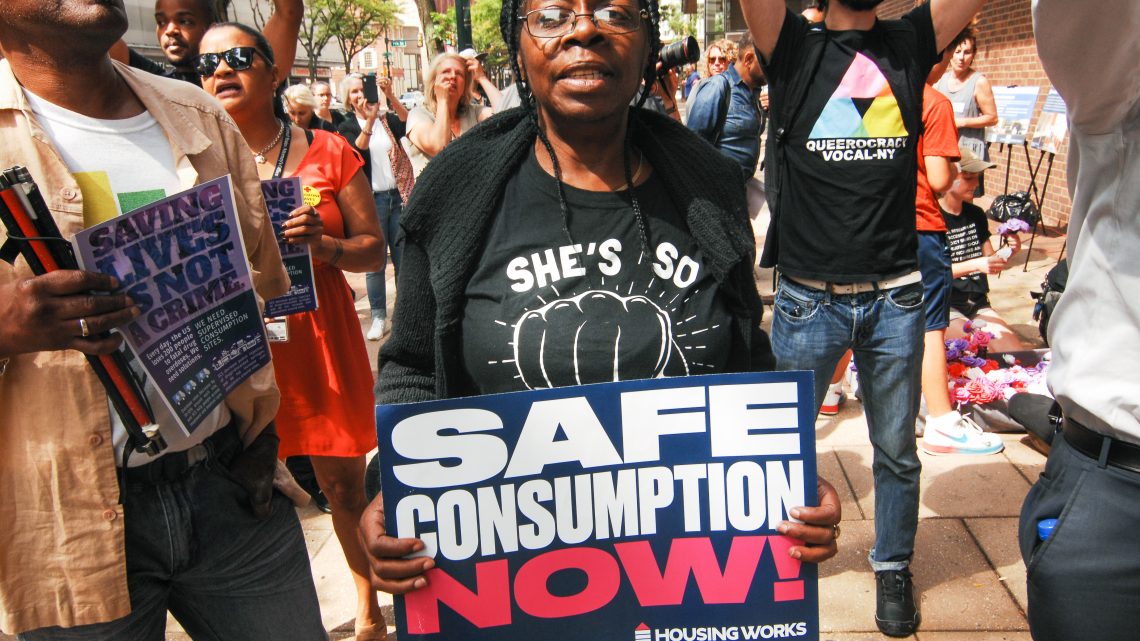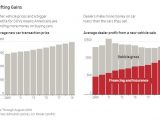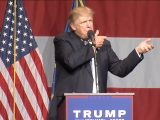
America’s First Safe Legal Injection Site for Heroin Just Got a Step Closer to Reality
October 2, 2019A Philadelphia nonprofit’s plan to open a safe injection site doesn’t violate federal drug laws, a judge ruled today, bringing the country’s first site for medically supervised heroin consumption one step closer to reality.
The Justice Department had argued that the proposed site, called Safehouse, would violate a decades-old law known as the “crackhouse statute.” But Judge Gerald Austin McHugh ruled Wednesday that Safehouse intends to “reduce drug use, not facilitate it.”
“What Safehouse proposes is far closer to the harm reduction strategies expressly endorsed by Congress than the dangerous conduct [the crackhouse statute] seeks to prohibit,” McHugh wrote.
In a statement late Wednesday, Deputy Attorney General Jeffrey Rosen said the Justice Department would "take all available steps to pursue further judicial review."
"Any attempt to open illicit drug injection sites in other jurisdictions while this case is pending will continue to be met with immediate action by the Department,” he said.
The Justice Department sued Safehouse in February, around the time it identified a location in Philadelphia’s Kensington neighborhood, home to one of the nation’s largest open-air drug markets. U.S. Attorney William McSwain argued that Safehouse would be in violation of part of the Controlled Substances Act, passed in the 1980s, that makes it illegal to operate facilities for the purpose of drug use or distribution.
But many cities and states are already in violation of the statute, thanks to the legal marijuana boom and proliferation of needle exchanges. And, McHugh noted, there’s no evidence that lawmakers considered safe injection sites when writing the statute, since they weren’t popular then.
Safehouse wouldn't supply the drugs. It would allow people a place to inject intravenous opioids with clean syringes with medical personnel standing by, ready to prevent an overdose. Participants could also access social services. It's a “harm reduction” strategy favored by advocates and medical professionals, because they can help save the lives of people who aren’t yet ready to get off drugs entirely.
“Why would anybody want to arrest a bunch of doctors and nurses and board members who aren’t getting paid with a laudable goal?” former Pennsylvania governor Ed Rendell, a Safehouse board member, told VICE News last year. As Philadelphia’s mayor in the 1990s, he risked arrest to open a syringe exchange that was in violation of the crackhouse statute.
The Trump administration sees it differently, though. Last August, Deputy Attorney General Rod Rosenstein argued in an op-ed for The New York Times that safe injection sites would destroy neighborhoods like Kensington.
“Injection sites destroy the surrounding community," he wrote. "When drug users flock to a site, drug dealers follow, bringing with them violence and despair, posing a danger to neighbors and law-abiding visitors."
The Justice Department has repeatedly used the “crackhouse statute” to try to block or delay proposed sites around the country. With the opioid crisis still raging, ten countries—including Canada, Australia, and Norway— have safe injection sites, and several American cities have publicly mulled them, including San Francisco, Seattle and New York. But those efforts—including a plan to authorize safe injection sites in California—have been chilled by warnings of legal action from the Trump administration.
Wednesday’s ruling may help change that.
"Philadelphia is being devastated. We've lost about three people a day,” Ronda Goldfein, vice president of Safehouse, told NPR Wednesday. "And we say we had to do something better and we couldn't sit back and let that death toll rise. And the court agreed with us."
Cover: Advocates for safe injection sites rallied in front of the James A Byrne Federal Courthouse in Philadelphia on September 5. (Photo by Cory Clark/NurPhoto via Getty Images)


